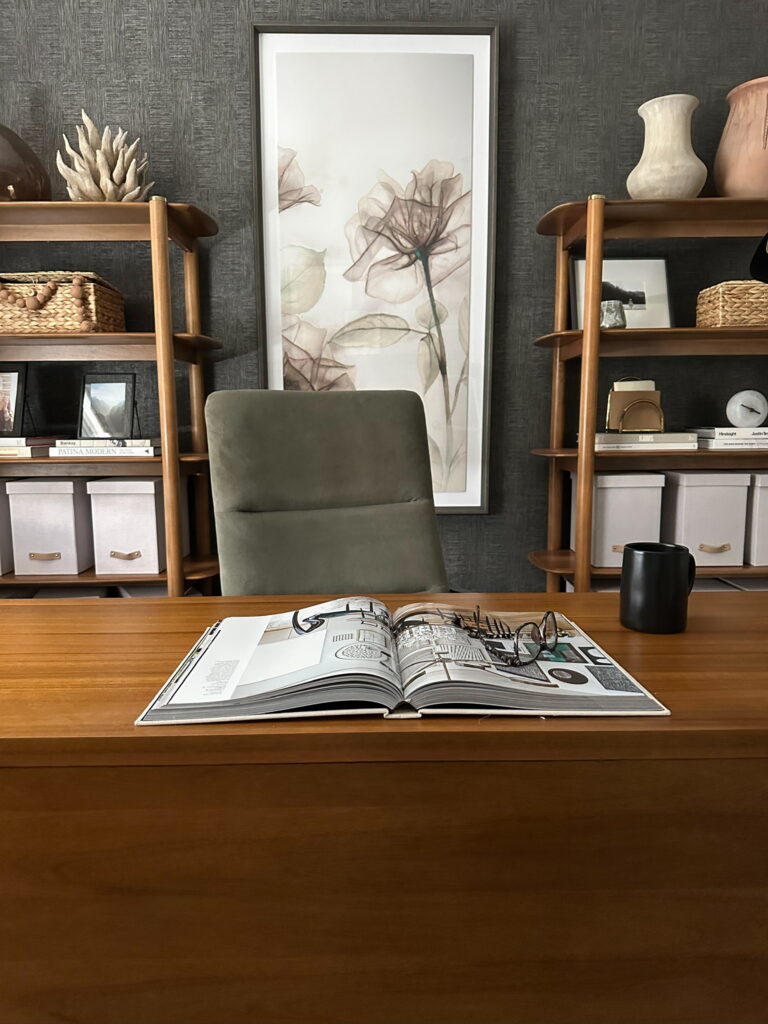As the world of interior design continues to evolve, two styles often spark interest and sometimes confusion: modern vs contemporary interior design. While these terms are sometimes used interchangeably, they represent distinct approaches with unique characteristics. In this blog post, we will explore the evolution of these two design styles, their key features, and how they can inspire your next home decor project.

Understanding Modern Interior Design
Modern interior design refers to a specific era and style that emerged during the early to mid-20th century. It is rooted in the principles of the modernist movement, which emphasized simplicity, functionality, and a departure from ornate details prevalent in earlier design styles.
Key Characteristics of Modern Interior Design
- Clean Lines and Minimalism: Modern design is characterized by clean, straight lines and a minimalist aesthetic. It focuses on simplicity and functionality, often incorporating geometric shapes.
- Open Floor Plans: Modern homes typically feature open floor plans, creating a sense of space and flow between different home areas.
- Natural Materials: Natural materials such as wood, leather, and stone are prominent in modern design. They bring warmth and texture to the space.
- Neutral Color Palette: Modern interiors often use neutral colors like white, beige, and gray, accented with bold primary colors.
- Functional Furniture: Modern furniture pieces are designed with both form and function in mind, often featuring smooth surfaces and minimal ornamentation.
The Rise of Contemporary Interior Design
Contemporary interior design, on the other hand, is ever-evolving and reflects the design trends of the present moment. Unlike modern design, which is tied to a specific period, contemporary design is dynamic and changes with the times.
Key Characteristics of Contemporary Design
- Fluid and Flexible: Contemporary design is not bound by any particular set of rules. It is fluid and adapts to current trends, making it a versatile choice for homeowners and designers.
- Mix of Materials: Contemporary interiors often combine various materials, such as glass, metal, and wood, creating a harmonious blend of textures and finishes.
- Bold Colors and Patterns: While contemporary design can feature neutral color schemes, it is also known for incorporating bold colors and patterns that add visual interest and personality to the space.
- Emphasis on Light: Contemporary spaces prioritize natural light and often feature large windows and open spaces to create a bright, airy atmosphere.
- Eco-Friendly Elements: With a growing emphasis on sustainability, contemporary design often includes eco-friendly materials and energy-efficient solutions.
Comparing Modern vs. Contemporary Interior Design
While modern and contemporary designs share some similarities, their differences are what set them apart and make them unique.
Similarities
- Minimalism: Both styles embrace minimalism and a clutter-free environment.
- Focus on Functionality: Both styles prioritize functional design elements that serve a purpose.
- Clean Lines: Both modern and contemporary designs favor clean, straight lines and a streamlined look.
Differences
- Period: Modern design is rooted in a specific historical period, while contemporary design is ever-changing and reflects current trends.
- Materials and Textures: Modern design favors natural materials, while contemporary design embraces a mix of materials, including more industrial ones. Modern design also tends to have a more textured and tactile feel, while contemporary design focuses on sleek, smooth surfaces.
- Color Palette: While both styles can feature a neutral color palette, modern design often incorporates bold primary colors, while contemporary design may use brighter and bolder shades.
Getting Inspired: Tips for Your Home Decor
Whether you are drawn to the timeless elegance of modern design or the dynamic and ever-evolving nature of contemporary design, here are some tips to help you incorporate these styles into your home.
For Modern Design Enthusiasts
- Opt for Minimalist Furniture: Choose pieces with clean lines and minimal ornamentation.
- Embrace Open Spaces: An open floor plan and minimizing barriers between different areas create an open and airy feel.
- Use Natural Materials: Incorporate wood, leather, and stone to add warmth and texture to your space.
For Contemporary Design Lovers
- Experiment with Colors and Patterns: Don’t be afraid to use bold colors and patterns to add visual interest and personality.
- Incorporate Mixed Materials: Combine different materials like metal, glass, and wood to create a harmonious blend of textures.
- Prioritize Natural Light: Maximize natural light using large windows and minimal window treatments.
Incorporating Modern and Contemporary Elements in Your Home
One of the benefits of modern and contemporary design is that they complement each other. You may incorporate elements from both styles in your home for a unique and personalized look.
Mixing Materials: Combine natural materials such as wood and leather with more industrial ones like metal or concrete to balance modern and contemporary styles.
Playing with Color: Use neutral colors as a base, then add pops of bold color to your accessories or artwork for a contemporary touch. Alternatively, you can choose one statement piece in a bright color to bring a modern edge to a contemporary space.
Blending Furniture Styles: To create a harmonious blend, mix modern furniture pieces with more organic shapes and textures commonly found in contemporary design.
Conclusion
The evolution of modern vs contemporary interior design styles offers a rich tapestry of inspiration for homeowners, interior design enthusiasts, and professionals alike. Understanding the key characteristics and differences between these two styles allows you to make informed decisions that reflect your taste and create a stylish and functional home.
Stay ahead with the latest interior design trends and find your perfect home decor inspiration. Whether you lean towards the sleek lines of modern design or the ever-changing appeal of contemporary style, there is something for everyone to love in interior design. By integrating these design principles, you can transform your space into a stunning reflection of your unique style and taste. Happy decorating!
Teak & Amber specializes in Interior and Residential Design, catering to Colorado locales such as Bloomfield, Erie, Niwot, Longmont, Westminster, Mead, and Boulder.
+ Show / Hide Comments
Share to: